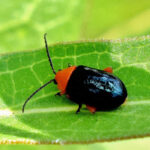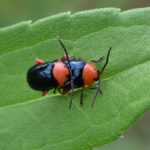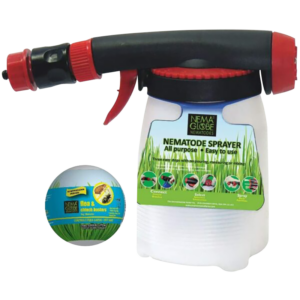Your cart is currently empty!
Damage
Larvae of flea beetle feed on the root hairs and taproots of seedlings. In a few cases, larvae have been observed burrowing into the plant near the juncture of the root and stem.
Adult flea beetles feed on foliage, producing “shot holes” in the leaves. In leafy crops like lettuce or spinach, the holes can reduce the quality of the leaves.
Generally, flea beetles don’t cause fatal damage to established plants. The real danger is that the beetles can spread bacterial diseases, such as wilt and blight, from infected plants to healthy plants.







